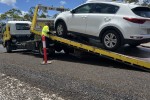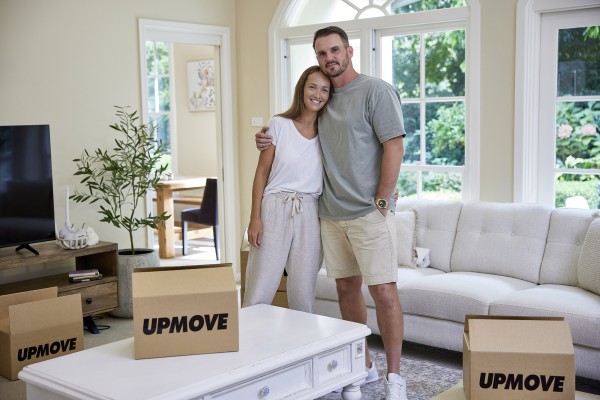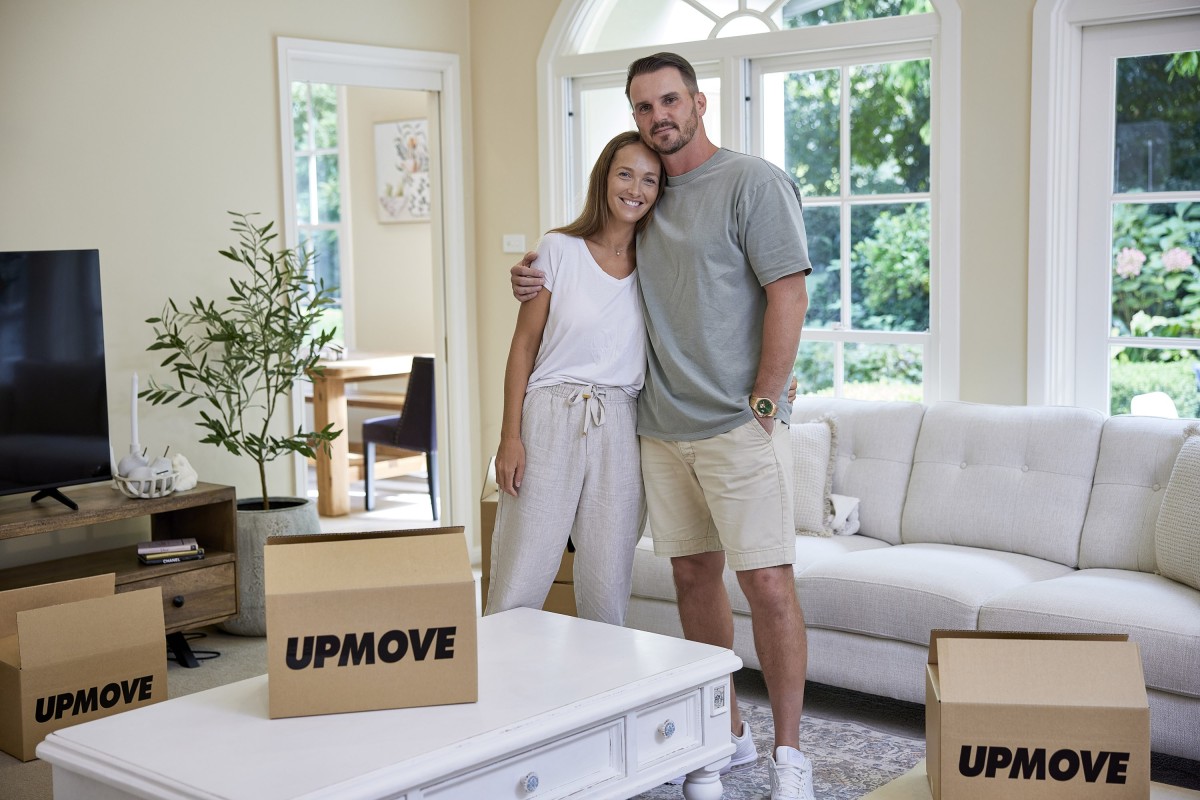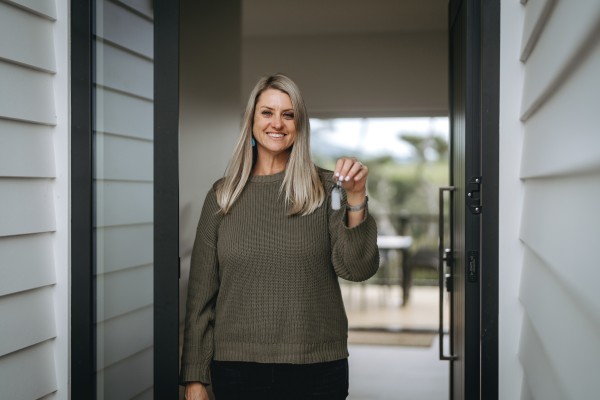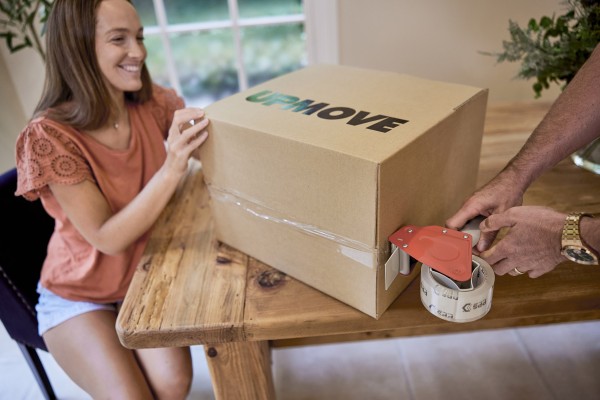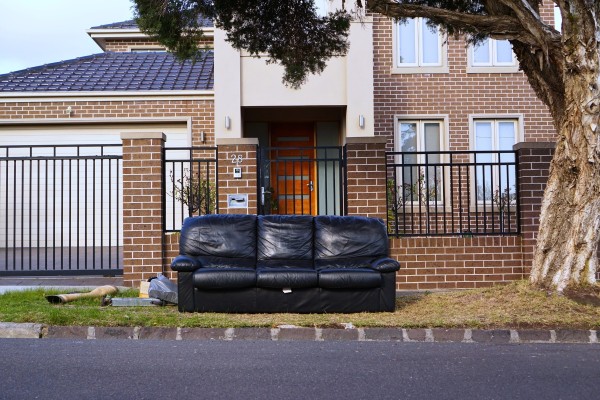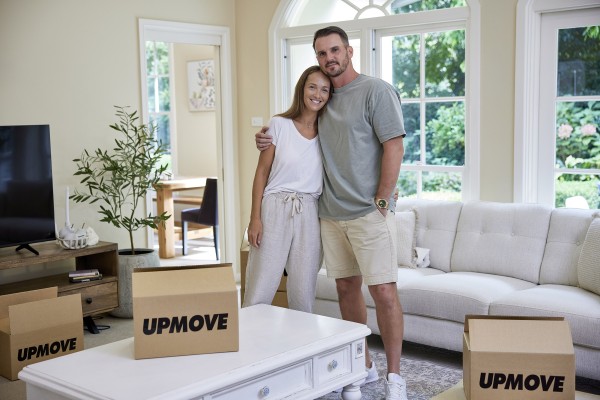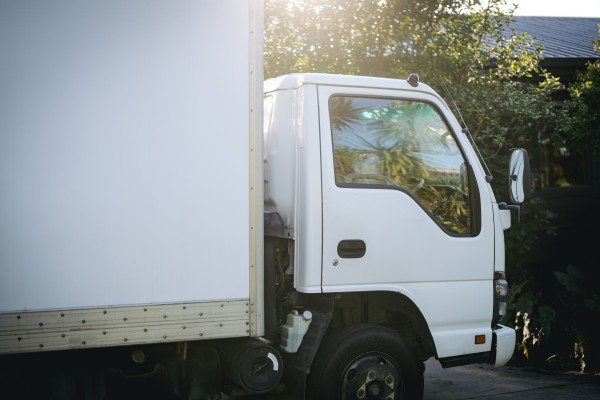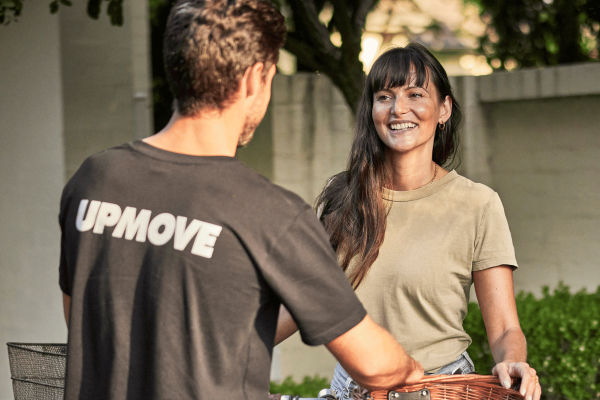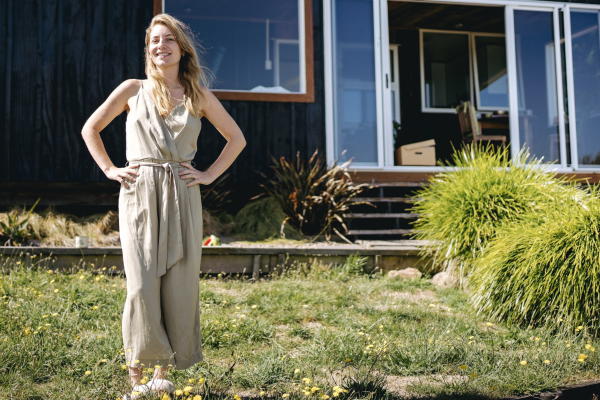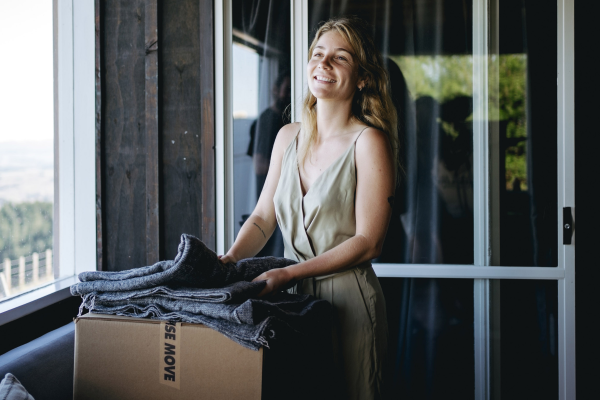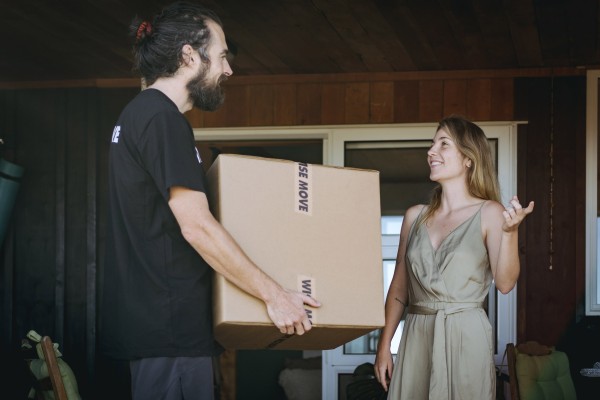Moving to rural Australia | Pros and cons of living ‘out bush’
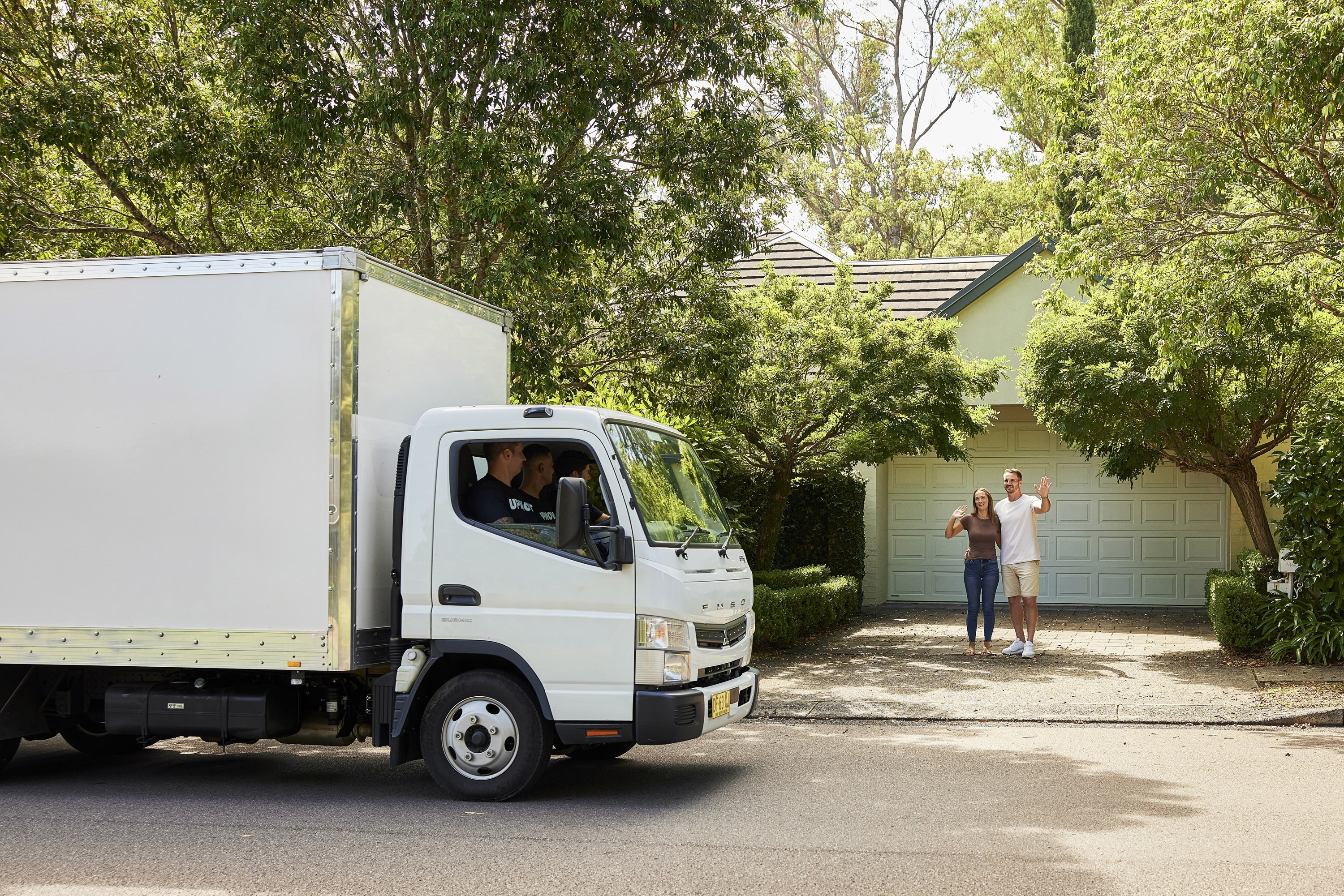
Slow living, larger land sizes, and that good old country charm - are you tempted to make the move to rural Australia?
It’s true that ditching the rat race and heading to ‘greener’ pastures is becoming more and more appealing to many Australian residents. 7 million people now reside in rural locations across the country.
But it’s not all nature walking and star gazing; moving away from the city comes with its ups and downs.
If you’re contemplating such a move, you might want to take a look at our article on cost of living driving city-dwellers to the regions to understand the broader trends and considerations.
In this article, we’re weighing up the pros and cons of a life ‘out bush’.
Property prices in rural Australia (pro)

Typically, property prices are cheaper in rural areas than in the major cities across Australia. This obviously varies depending on the type of property you’re looking to buy and the size of the land you’re looking for.
Average property prices in the major Australian cities vs regional areas
The median house price in Sydney is $1,496,985 compared to almost half of that cost in regional NSW, where the median house price is just $769,593 according to the Property Market Outlook
For a deeper dive into how moving trends are influencing regional property prices, check out our piece on moving trends driving up regional property prices.
Australian cities - Median house price
Source: Your Mortgage
Regional areas - Median house price
Source: Aus Property Professionals
Some 7 million people (28% of Aussies) live in rural and remote areas across the country (AIHW, 2023).
Rural Healthcare (con)

A quiet town or rural community often means less choice when it comes to healthcare and medical support. In more remote locations, 24/7 services are rare and specialist appointments often require a trip to the nearest major town or city.
While most rural areas are supported by core government health services, smaller or more remote towns rely solely on the Royal Flying Doctor Service.
Job opportunities (pro)

It’s a common misconception that living more rurally is a disadvantage when it comes to career opportunities. Rural and regional locations throughout Australia are currently experiencing skills shortages.
This creates a huge opportunity for professionals such as lawyers, doctors, teachers, accountants etc. seeking a bit more work/life balance. Workers in manufacturing, utility services and agriculture are also regularly in demand.
And remember, remote working is now a widely accepted practice meaning many professionals now have the opportunity to take their city jobs with them to the country or create a new business from home.
Number of advertised job vacancies in regional locations in Australia (May 2025)
Source: “Regional Labour Markets Update – May 2025”
Community living (pro)
If city living has you feeling isolated or disconnected from the community, you could find the answer in rural living. Research shows that cities are connected to higher rates of mental health issues compared to rural areas.
In the city, statistics show there are:
-
Almost 40% higher risk of depression
-
Over 20% more anxiety
-
Increased feelings of loneliness, isolation and stress
In contrast, rural towns are places where almost everyone knows one another. This isn’t a drawcard for everyone, but if you’re seeking a deeper sense of connection to the community, country living is one way to do it.
The other pro of immersing yourself in a rural community is your ability to create impact. Typically, every voice gets a say in a small town, meaning you have the power to make changes around the things that matter most where you live.
Severe weather events (con)
If you’ve lived in the city up until now, you probably haven’t spent a lot of time thinking about weather conditions unless it was to determine your plans for the weekend or vacation. However, throughout rural parts of Australia, fires, floods and severe weather events are more common.
If you’re planning a move to an area known to be a high risk, be sure to do your research and implement the appropriate safety conditions and insurance to cover all of your bases.
No more long commutes in traffic
Australians spend an average of 54 minutes per day commuting back and forth between their place of work every single day - that’s 169 hours per year.
The average daily cost of this commuting is $20, which adds up to more than $4,000 per year.
If you’re heading out to the country, chances are you’ll be glad to say goodbye to the daily hike to the office with bumper to bumper traffic and say hello to clean and clear country roads and natural landscapes.
In every state but ACT, regional residents spend less on getting to work than they would if they lived in the city.
Aussies in major cities and hubs spend almost an hour of time and $20 every day commuting to work (Real Australian Commute Report 2022).
Moving to rural Australia fast facts

-
One-fifth of Australians in major cities are considering moving to a regional/rural location in response to the cost of living crisis.
-
Space, improved well-being, affordability and having more time are among the key reasons Australians are making the move.
-
Sunshine Coast, Gold Coast, Greater Geelong, and Moorabool in Victoria and Lake Macquarie, NSW are among the most popular regional areas to move to.
-
The areas with the greatest growth are Waroona, WA, Livingstone and Mackay in Queensland, Moorabool, Victoria, and Alexandrina in South Australia.
-
Sydney is losing the most residents to the regions out of all the capital cities.
-
The latest data shows there are currently 71,209 regional job vacancies in Australia.
When you're ready to make the move, you can book trusted local removalists across Australia who've been vetted and verified, so your belongings are in safe hands as they journey to your new rural beginning.
What do our customers say?

